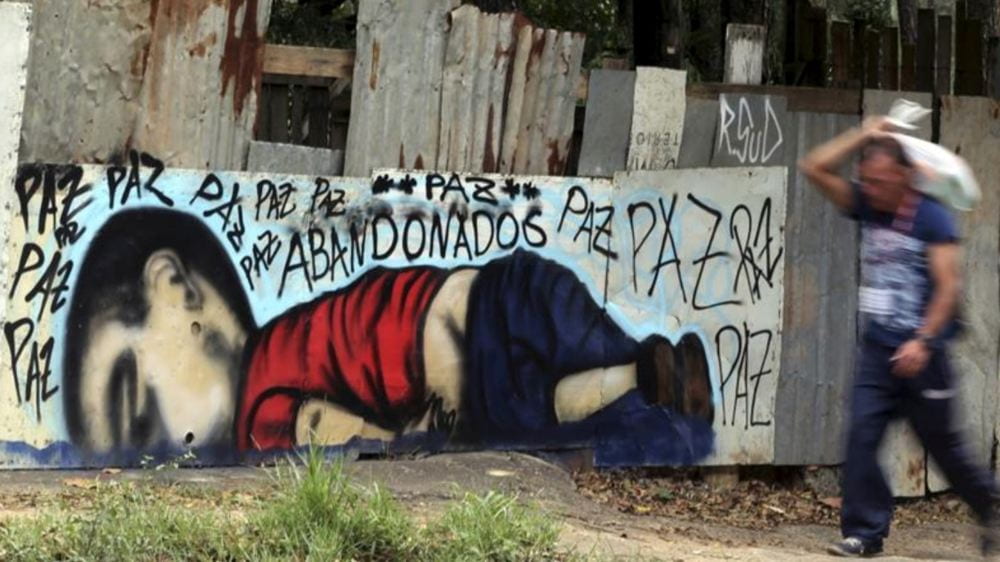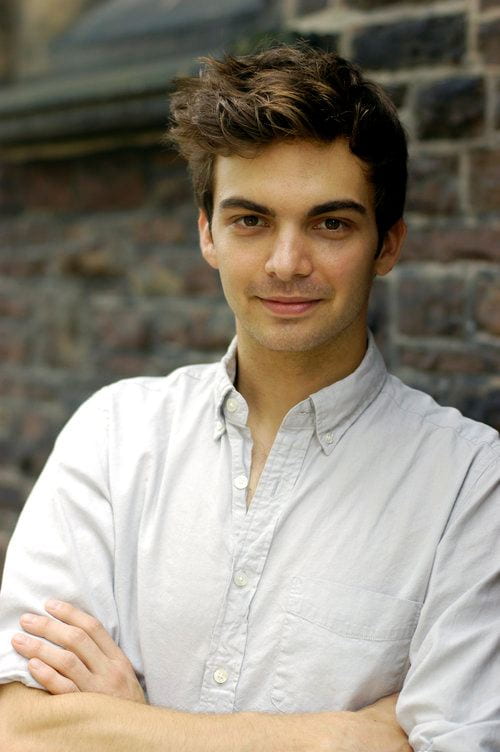The social, political and economic crisis in Venezuela has led to one of the largest and most overlooked refugee catastrophes in the world. The Venezuelan economy is in free fall due to government-led mismanagement and corruption. The country is experiencing hyperinflation with the value of their currency plummeting and the costs of goods and services increasing drastically. The country’s GDP has declined by one third in five years, with a further 15% decrease expected this year.

Food and medicine is scarce and violence and murder rates have soared. To say people are suffering is an understatement. This has become one of the largest humanitarian crises in the world. In the last year, over 500,000 Venezuelans have fled their country, and over the past two decades over 4 million have left. Many have crossed into neighbouring Columbia, as the border is accessible, but now, more and more Venezuelans are fleeing to Brazil.
The Brazilian-Venezuelan border is remote and inaccessible, a combination of dense jungle and dry savannah. In addition, the border is hundreds of miles from the closest city. However, Venezuelan refugees are desperate enough to flee the economic and political hardship of their country and risk the passage into Brazil. Many of those fleeing arrive in dire conditions, needing immediate access to health services.
As of February 14th, Brazil’s most northern state, Roraima, has issued a state of social emergency. A conservative estimate is that over 77,000 Venezuelans have arrived in Roraima since 2016. In recent months, the crossings have intensified with over 6,000 Venezuelans crossing the border every day in search of food, medicine, and a new life. This has put a huge strain on Roraima’s state services. Roraima is one of the most underdeveloped and poorest regions in Brazil, and it is pleading for federal help to aid with the humanitarian crisis. The Venezuelan refugees now represent well over 10% of the state’s population.
New arrivals face a dire and insecure situation. Many are living on the streets and in improvised shelters. Diseases associated with poor living conditions are running rampant, as hospitals and medical facilities are ill-prepared to deal with the influx of people. In the border city of Pacaraima about 80% of their patients are Venezuelan. In addition, Human Rights Watch reports that close to 2,500 Venezuelan migrants in Brazil were diagnosed with Malaria in 2016, representing 77% of the Malaria cases in Roraima. Additionally, there is an increase in reports of kidnapping, rape and human trafficking as women are forced into precarious positions and are taken advantage of. Recently, a small house where dozens of Venezuelans were living was set on fire as they slept.
In the past, Brazilian politicians have echoed welcoming sentiments for refugees. Recently, the country has received international praise for pledging to accept 100,000 Syrian refugees and inviting over 65,000 Haitian refugees after the 2010 earthquake. However, an economic downturn and political turmoil have led Brazil to renege on or fall short of what they have pledged. So far just over 3,000 Syrian refugees have been accepted, still the highest number in Latin America.

A person walks past graffiti depicting the drowned Syrian toddler Aylan Kurdi in Sorocaba, Brazil [Paulo Whitaker/Reuters]
How is Brazil responding to this new crisis? The response thus far has been inadequate. The United Nations High Commissioner for Refugees (UNHRC) has increased their presence in the region and is working with the federal government to come up with an emergency plan. Recently, the President of Brazil, President Michel Temer travelled to the region to meet with government officials. He promised financial assistance to Roraima and to come up with a plan to organize the flow of refugees to other parts of the country. He also pledged to double the military presence along the border and suggested that anyone entering the country would need to demonstrate vaccination history, something many people lack paperwork for.
There also seems to be limited discussion on strategies for anticipating mass-migration in the future. The responsibility falls on refugees or the limited NGOs working on migrant matters in Brazil. Brazil has not adapted to an era of increased human mobility which has contributed to exacerbating this humanitarian crisis and potentially those in the future if the inaction persists.
Even in the wake of this mass influx of Venezuelan asylum seekers, the national asylum system has made no structural changes since 1997. In 1997, Brazil received no more than 500 asylum claims a year. Presently, there are only six caseworkers assisting a national committee, who gather monthly to process more than 15,000 new claims a year. There is currently a backlog of over 25,000 cases, and that number is growing. In 2017, there was an average of 150 claims submitted every day. According to the National Committee for Refugees (CONARE), there has been a 2900% increase in asylum-seeker applications over the past six years.
Of particular concern to Maria Nogueira and Maiara Folly, researchers at the Igarape Institute (A think tank on Security, Justice, and Development Challenges in Brazil and Africa), is that Brazil has no digital system in place to track its migrant and refugee population. Consequently, there is no accurate data monitoring the exact number of asylum-seekers and refugees in Brazil. There is no centralized system containing information on even their nationalities, age, or gender. This makes it very difficult for President Temer to follow through on his commitment to relocate asylum seekers across the country, and to assist in their health and well being.
In 2017, the Brazilian congress approved a new migration law, initially considered by many specialists as a major breakthrough for asylum seekers and refugees. The bill was unanimously approved in congress. However, with pressure from right wing politicians, including presidential candidate Jair Bolsonaro, security forces, and activists, President Temer used some of his 20 presidential vetoes to disfigure the law. In the end, the updated legislation did very little to maintain or enhance protections for asylum-seekers and refugees, and did not address the issues with procedure and policy. In 2017, the Brazilian congress approved a new migration law, initially considered by many specialists as a major breakthrough.
There are some tangible goals the government can strive for. Brazil must create an institution to manage migration in order to have a more effective system of responding to refugees and asylum seekers. A digital system should be created to better track their migrant and refugee population. Federal assistance should be provided to other states, such as Roraima, in order to aid with asylum processing and refugee assistance. Additionally, increased coordination with civil society, municipal and state governments, along with international organizations, is recommended.
Ultimately, in an age of increasing human mobility and forced migration, Brazil needs to update its refugee policies in order to live up to its self-proclaimed reputation as an open door country.

Tyler Valiquette is a professor and researcher at the University of Brasilia (UNB) in Brasília, Brazil. He is working with the Escola de App and with the Internet e Direitos Humanos research groups. His current research focuses on LGBT rights and refugee rights in Brazil. Tyler has a Bachelor of Arts in International Development and a Master of Arts in Political Science form the University of Guelph.

